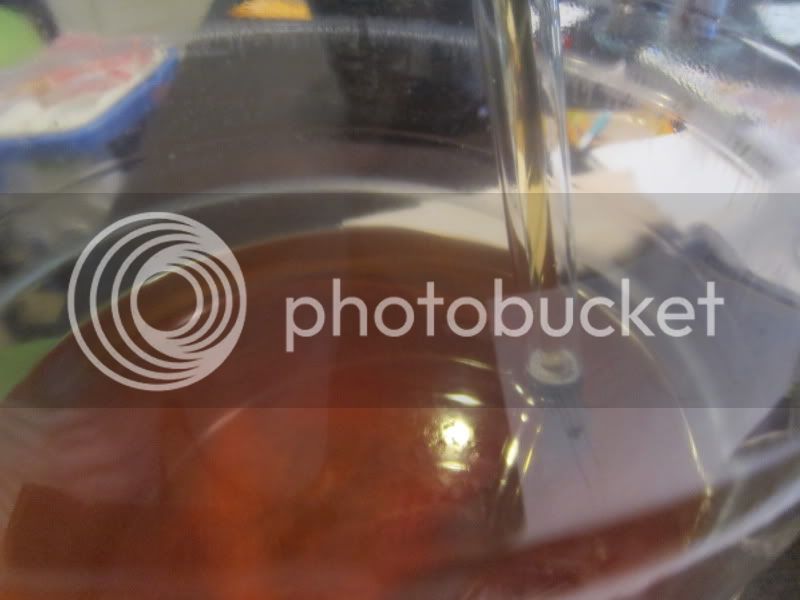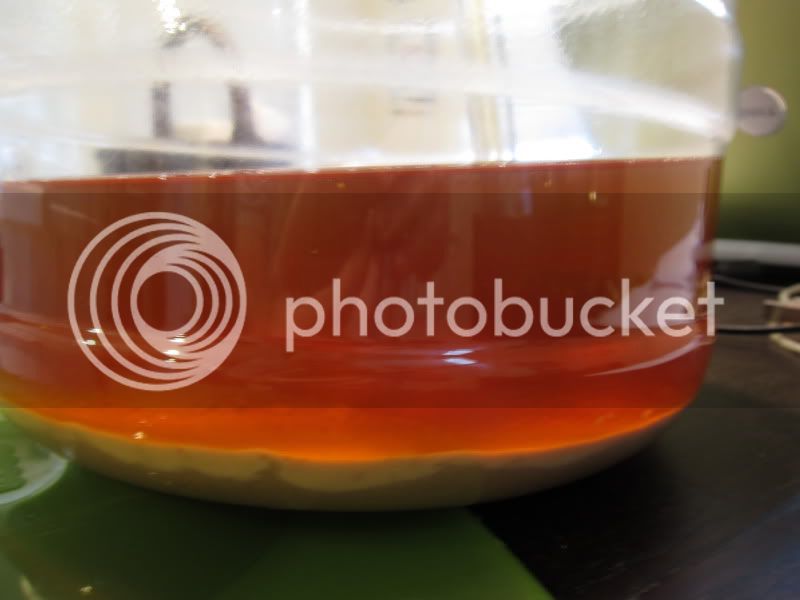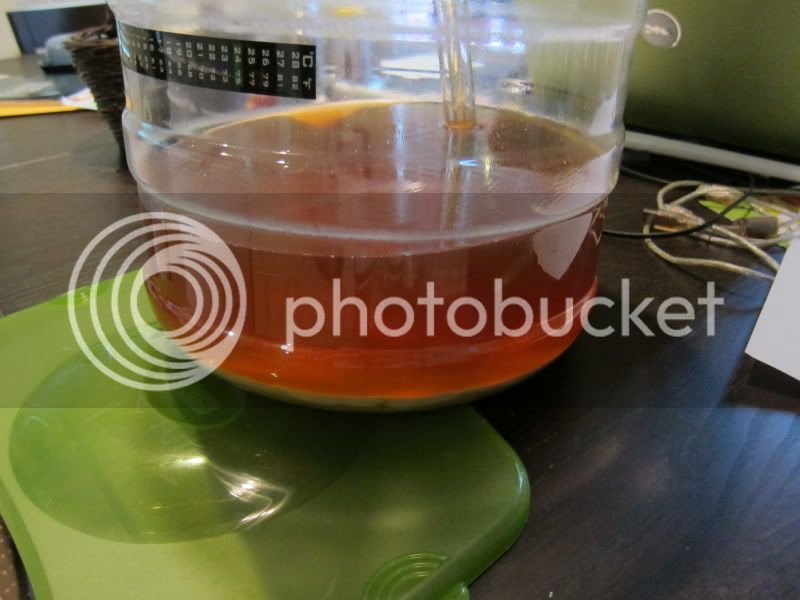Tom from Michigan asks:
I have a few questions about secondary fermentations. I've read both pros and cons for 2nd fermentations and it is driving me crazy what to do. One, are they necessary for lower Gravity beers?
Two, what is the dividing line between low gravity and high gravity beers? Is it 1.060 and higher?
Three, I have an American Brown Ale in the primary right now, a SG of 1.058, Should I secondary ferment this or not?
Your advice is appreciated, thanks for all you do!
Allen from New York asks:
John, please talk about why or why not you would NOT use a secondary fermenter (bright tank?) and why or why not a primary only fermentation is a good idea. In other words, give some clarification or reason why primary only is fine, versus the old theory of primary then secondary normal gravity ale fermentations.
Palmer answers:
These are good questions When and why would you need to use a secondary fermenter? First some background I used to recommend racking a beer to a secondary fermenter. My recommendation was based on the premise that (20 years ago) larger (higher gravity) beers took longer to ferment completely, and that getting the beer off the yeast reduced the risk of yeast autolysis (ie., meaty or rubbery off-flavors) and it allowed more time for flocculation and clarification, reducing the amount of yeast and trub carryover to the bottle. Twenty years ago, a homebrewed beer typically had better flavor, or perhaps less risk of off-flavors, if it was racked off the trub and clarified before bottling. Today that is not the case.
The risk inherent to any beer transfer, whether it is fermenter-to-fermenter or fermenter-to-bottles, is oxidation and staling. Any oxygen exposure after fermentation will lead to staling, and the more exposure, and the warmer the storage temperature, the faster the beer will go stale.
Racking to a secondary fermenter used to be recommended because staling was simply a fact of life like death and taxes. But the risk of autolysis was real and worth avoiding like cholera. In other words, you know you are going to die eventually, but death by cholera is worth avoiding.
But then modern medicine appeared, or in our case, better yeast and better yeast-handling information. Suddenly, death by autolysis is rare for a beer because of two factors: the freshness and health of the yeast being pitched has drastically improved, and proper pitching rates are better understood. The yeast no longer drop dead and burst like Mr. Creosote from Monty Pythons The Meaning of Life when fermentation is complete they are able to hibernate and wait for the next fermentation to come around. The beer has time to clarify in the primary fermenter without generating off-flavors. With autolysis no longer a concern, staling becomes the main problem. The shelf life of a beer can be greatly enhanced by avoiding oxygen exposure and storing the beer cold (after it has had time to carbonate).
Therefore I, and Jamil and White Labs and Wyeast Labs, do not recommend racking to a secondary fermenter for ANY ale, except when conducting an actual second fermentation, such as adding fruit or souring. Racking to prevent autolysis is not necessary, and therefore the risk of oxidation is completely avoidable. Even lagers do not require racking to a second fermenter before lagering. With the right pitching rate, using fresh healthy yeast, and proper aeration of the wort prior to pitching, the fermentation of the beer will be complete within 3-8 days (bigger = longer). This time period includes the secondary or conditioning phase of fermentation when the yeast clean up acetaldehyde and diacetyl. The real purpose of lagering a beer is to use the colder temperatures to encourage the yeast to flocculate and promote the precipitation and sedimentation of microparticles and haze.
So, the new rule of thumb: dont rack a beer to a secondary, ever, unless you are going to conduct a secondary fermentation.
 ... peanut butter jelly time
... peanut butter jelly time ... peanut butter jelly time
... peanut butter jelly time





